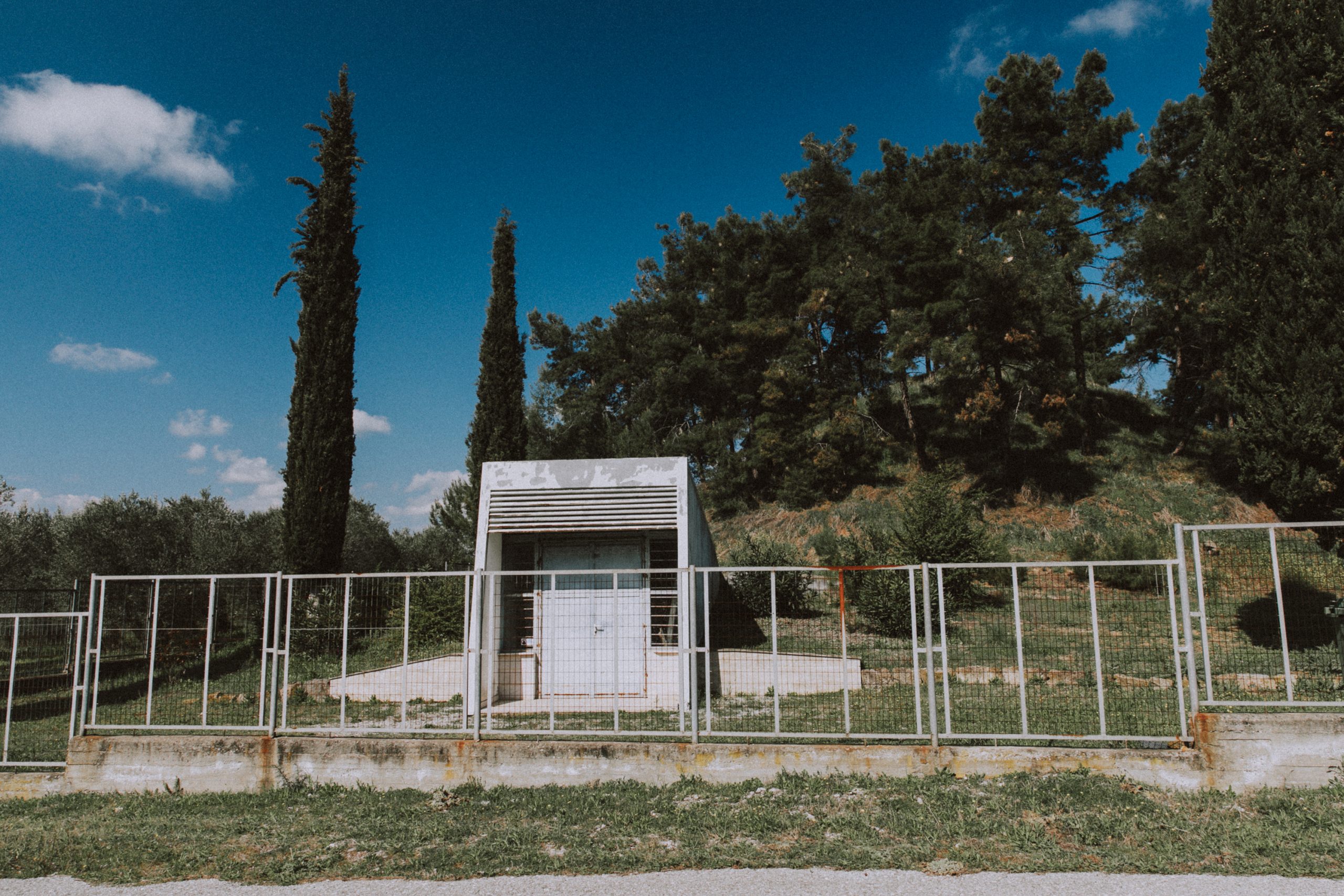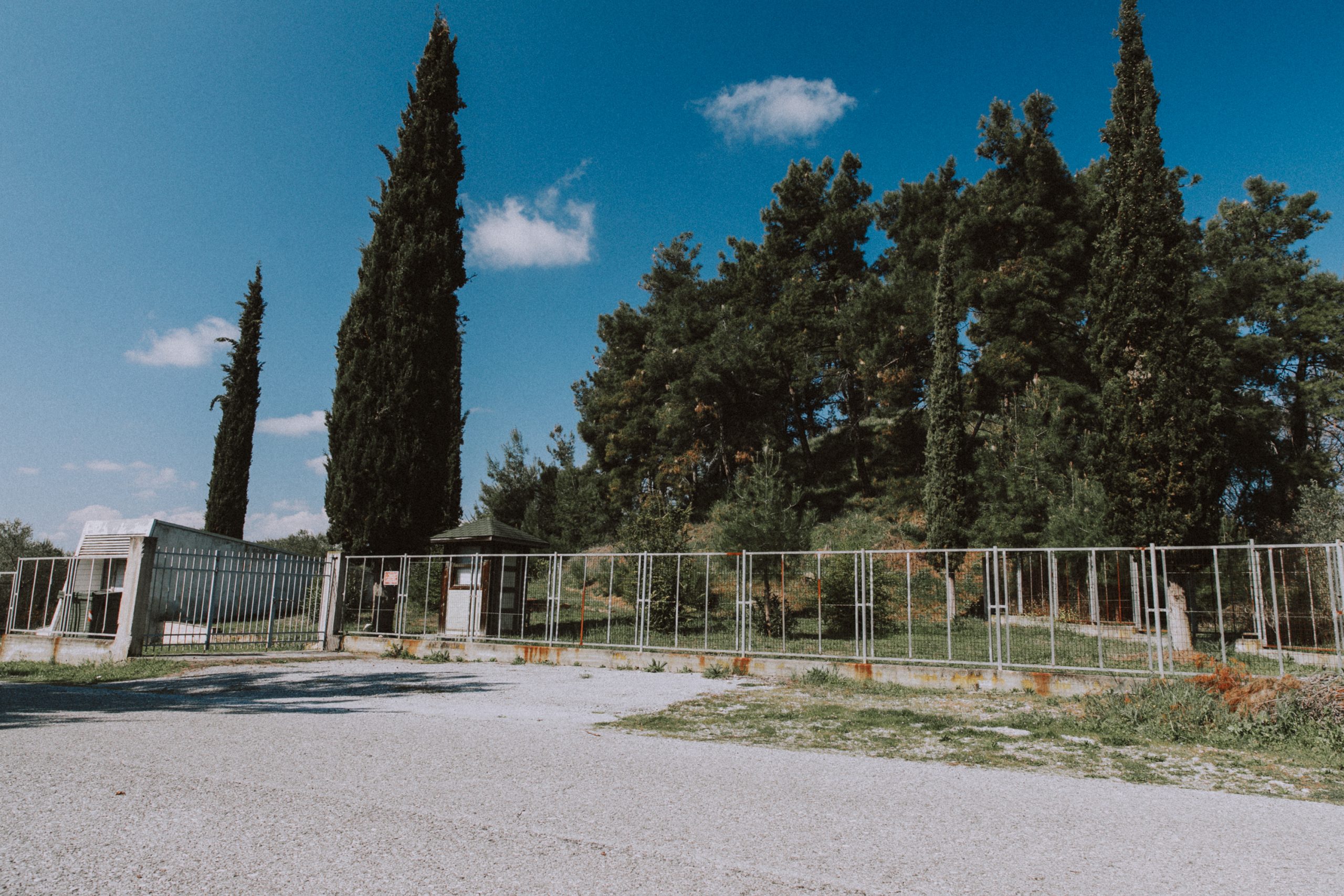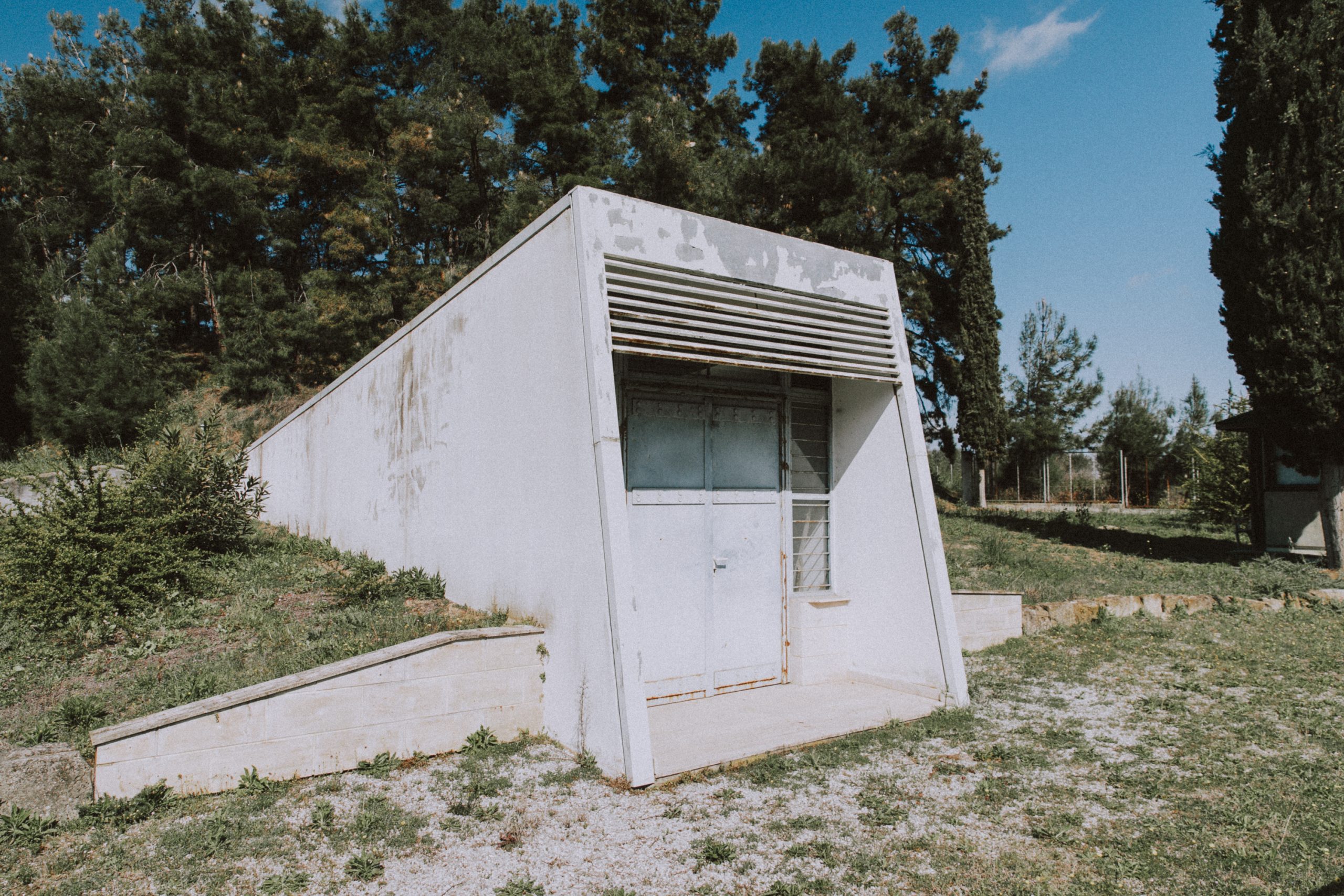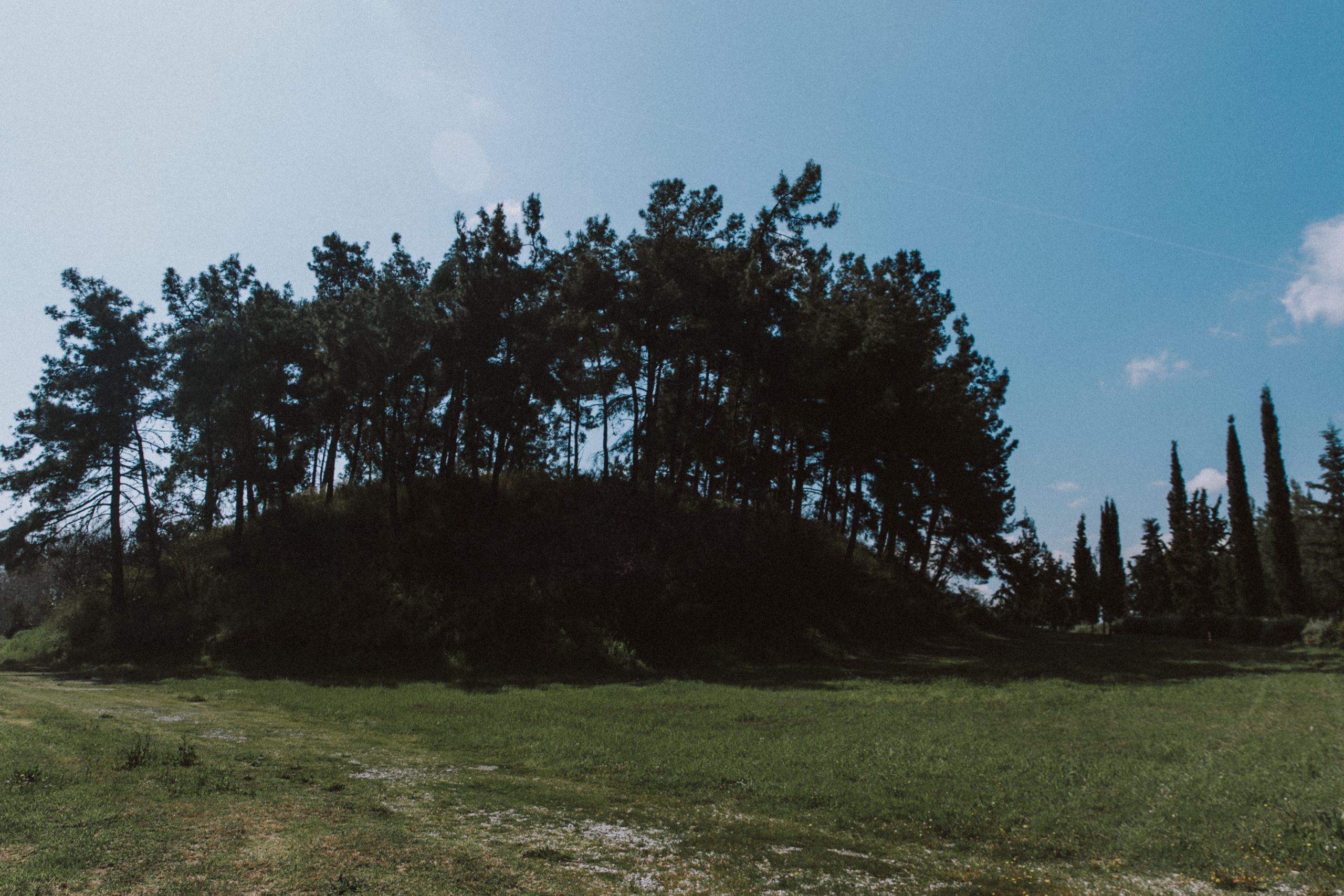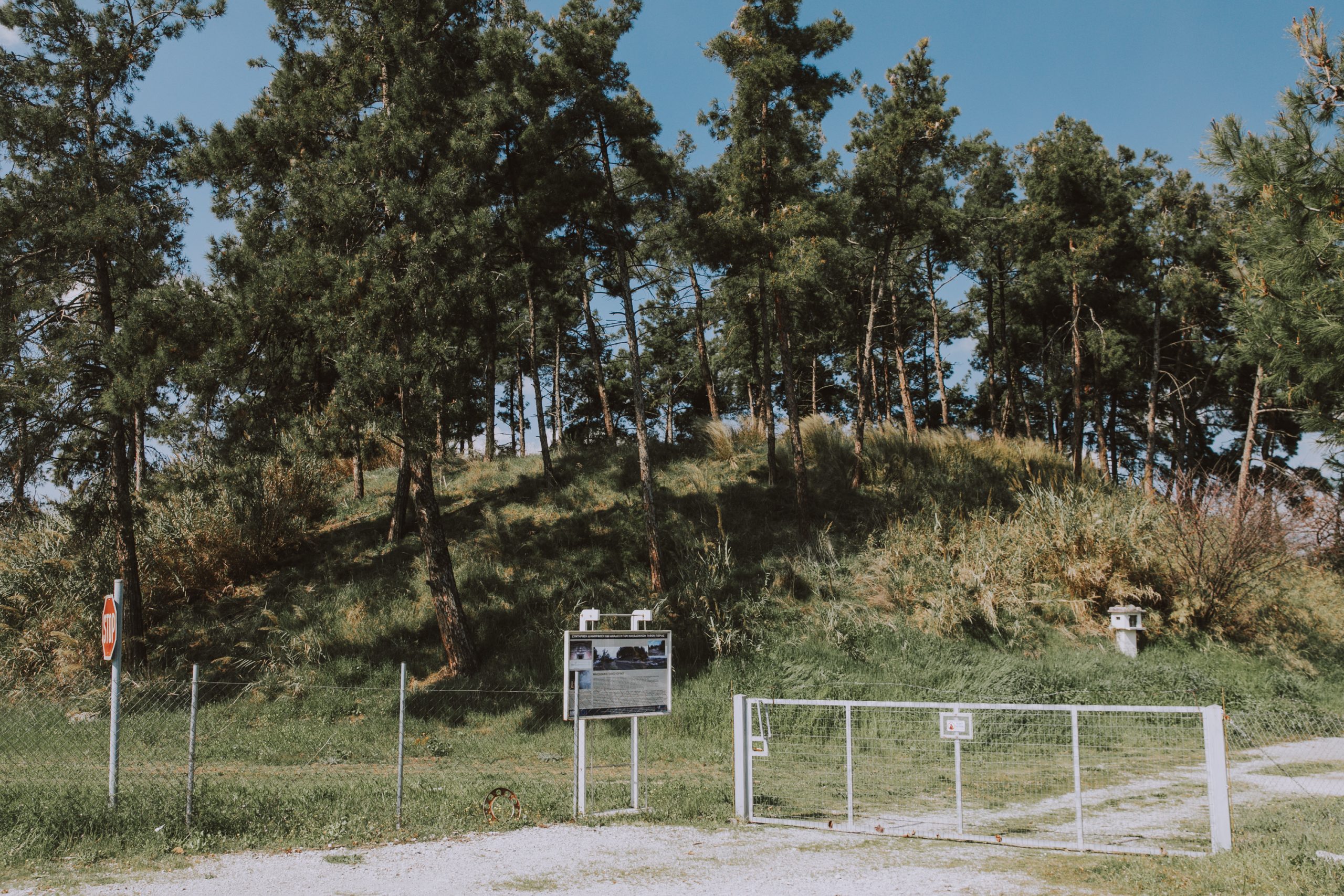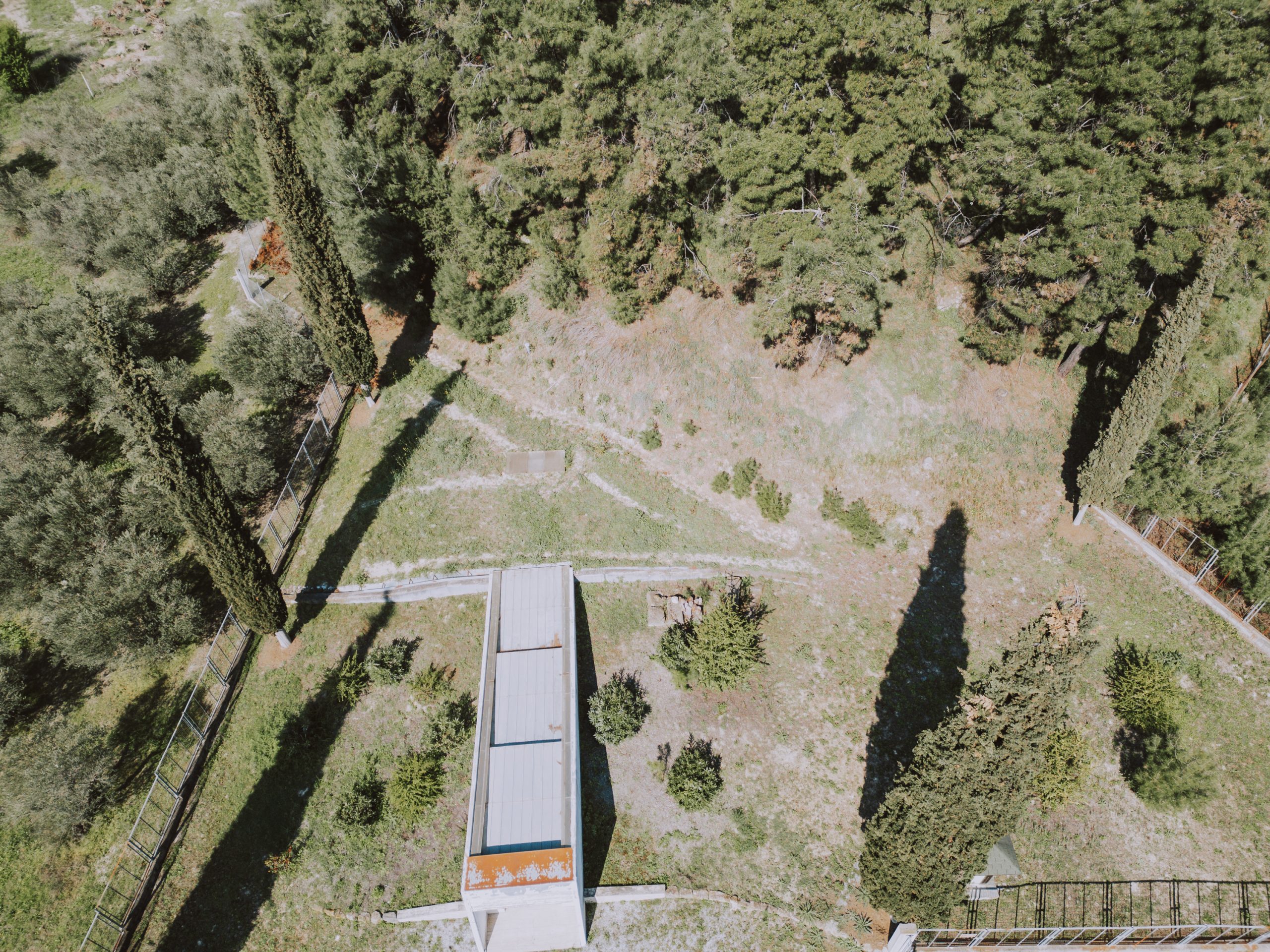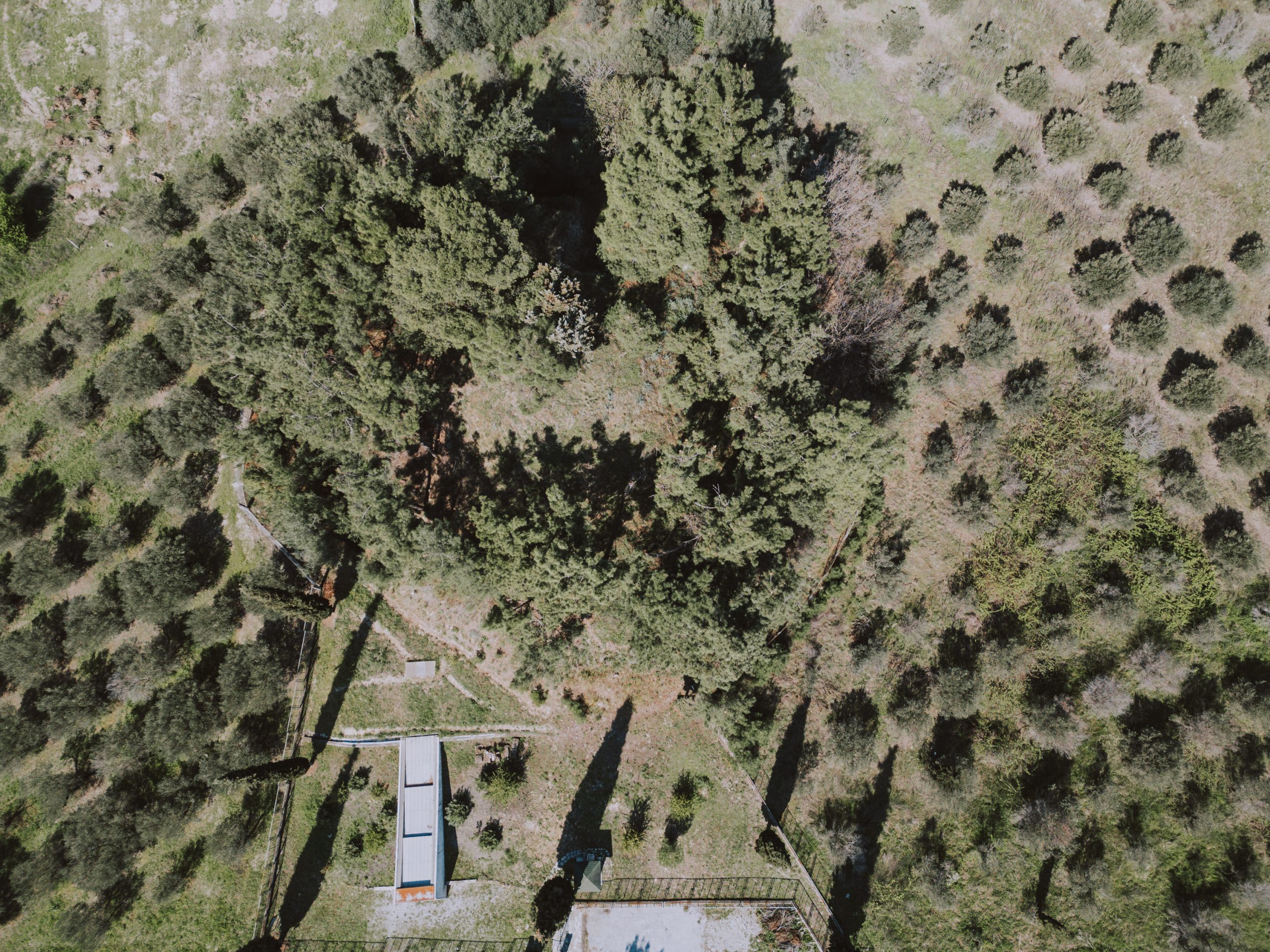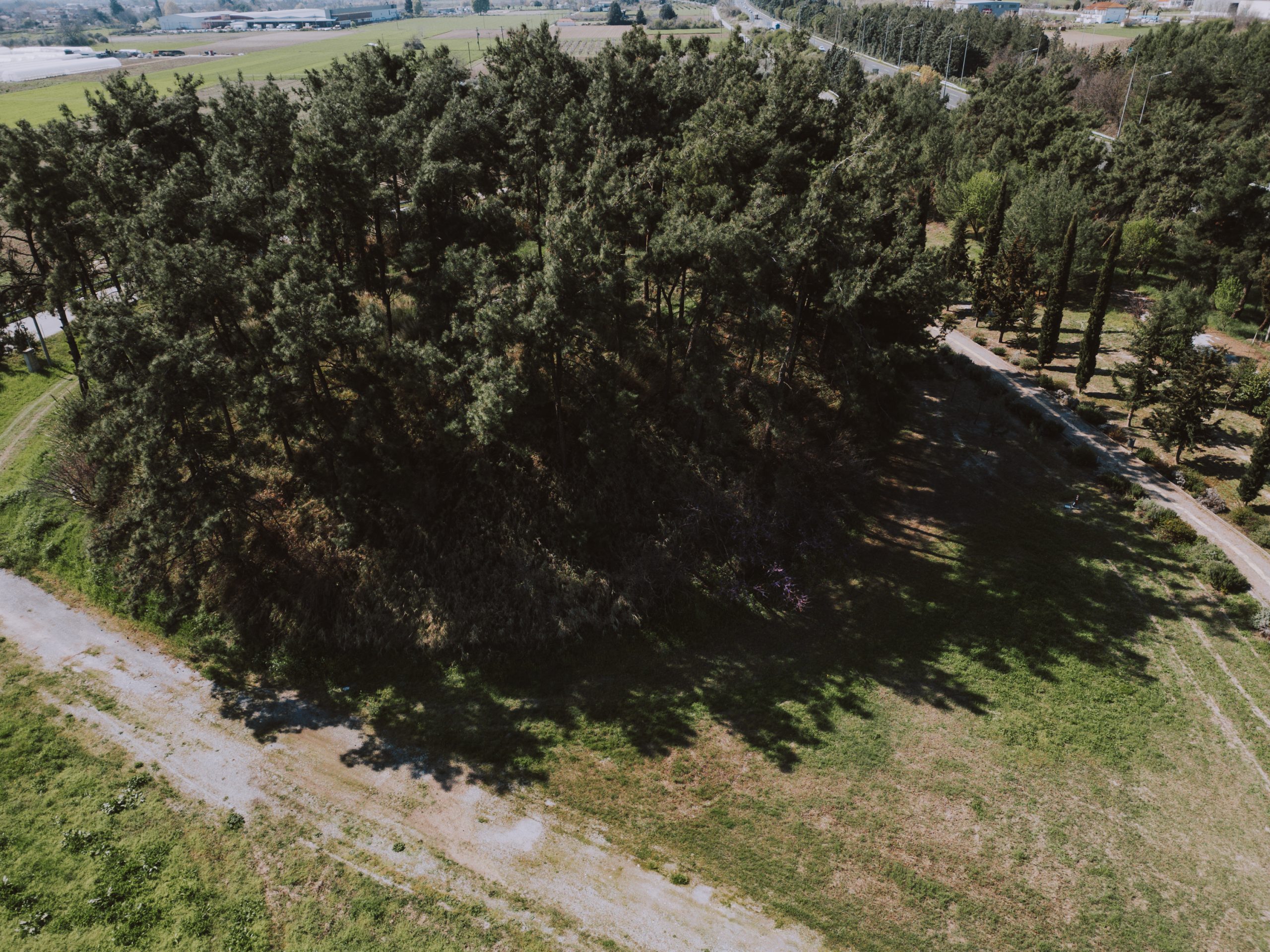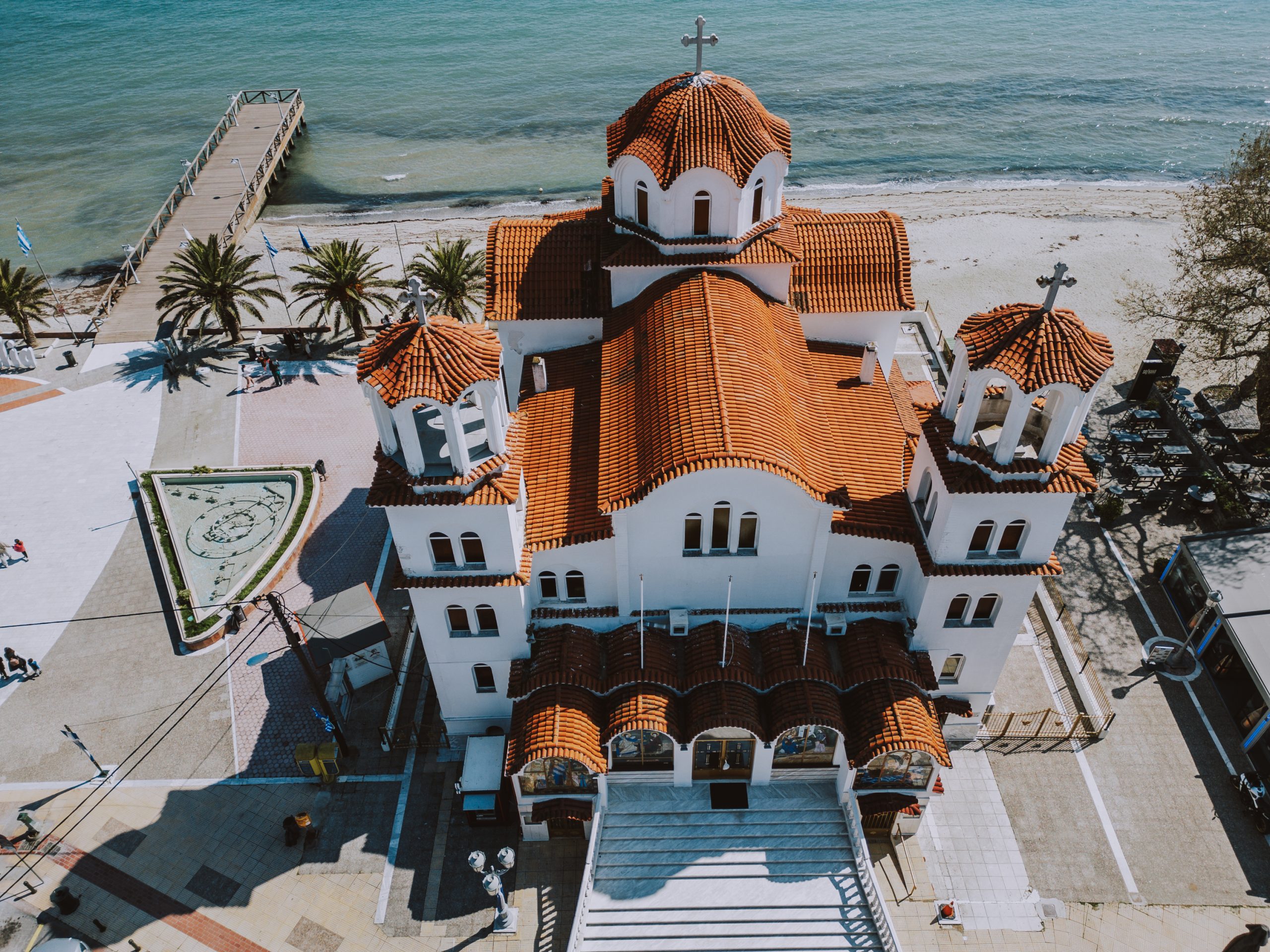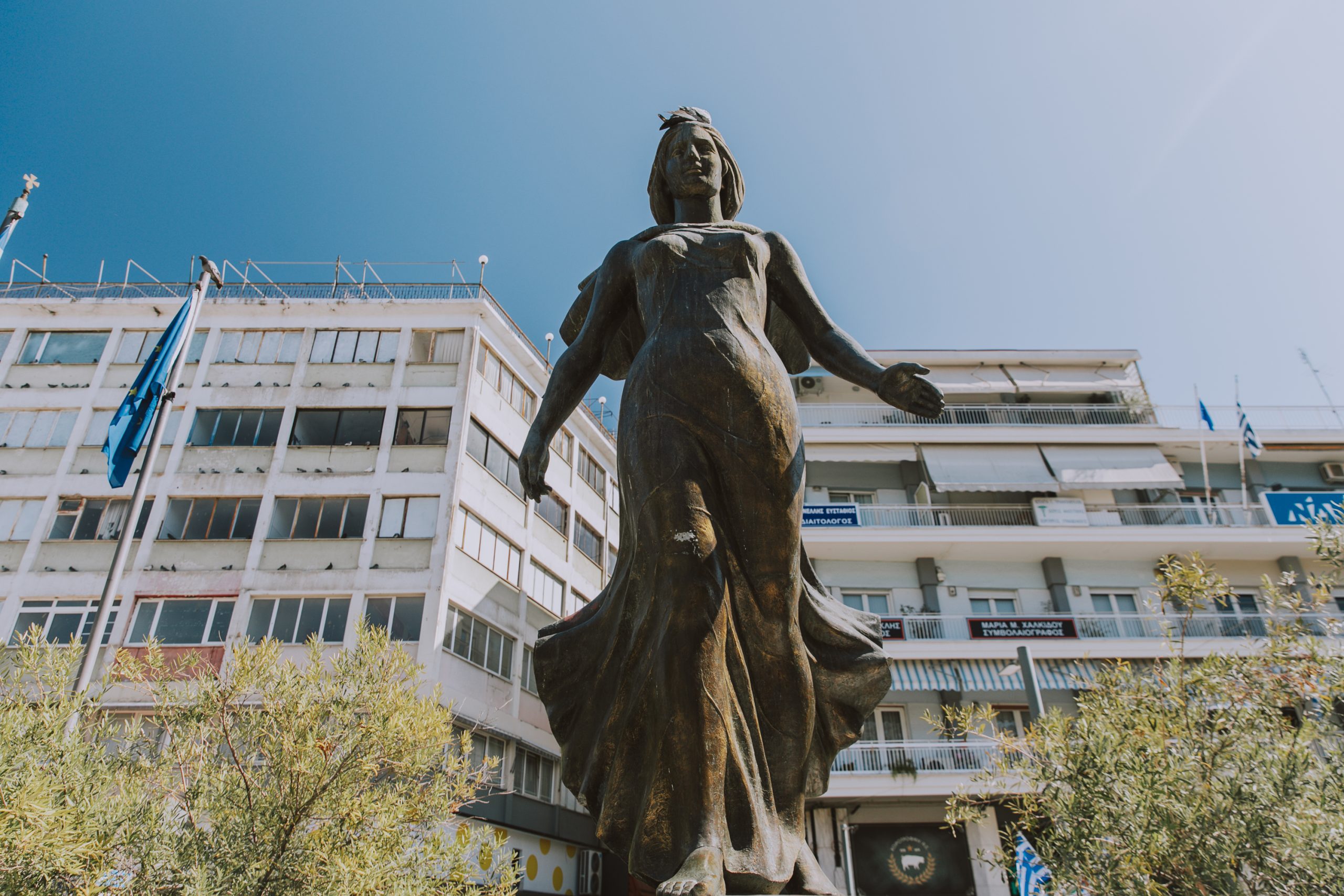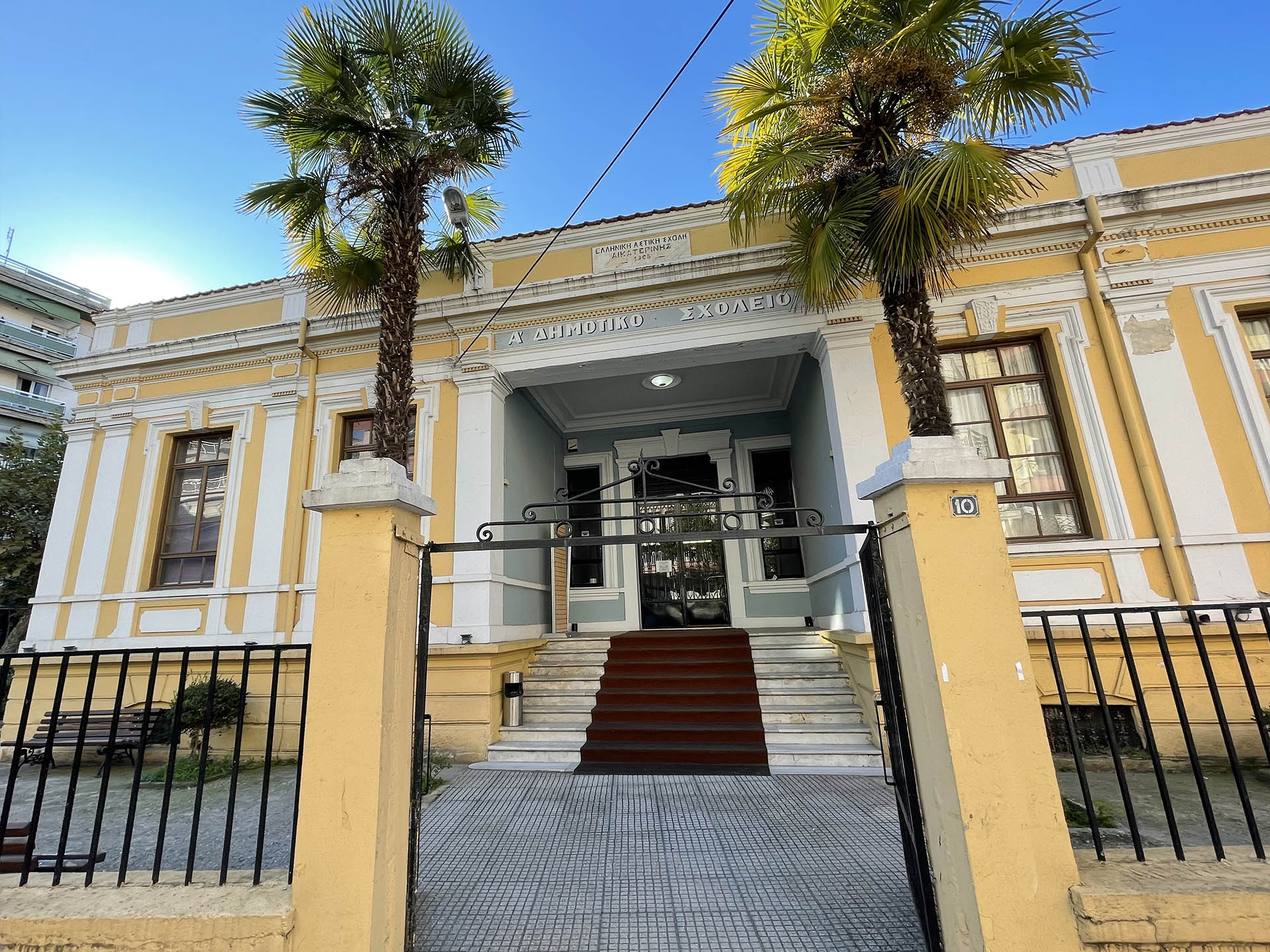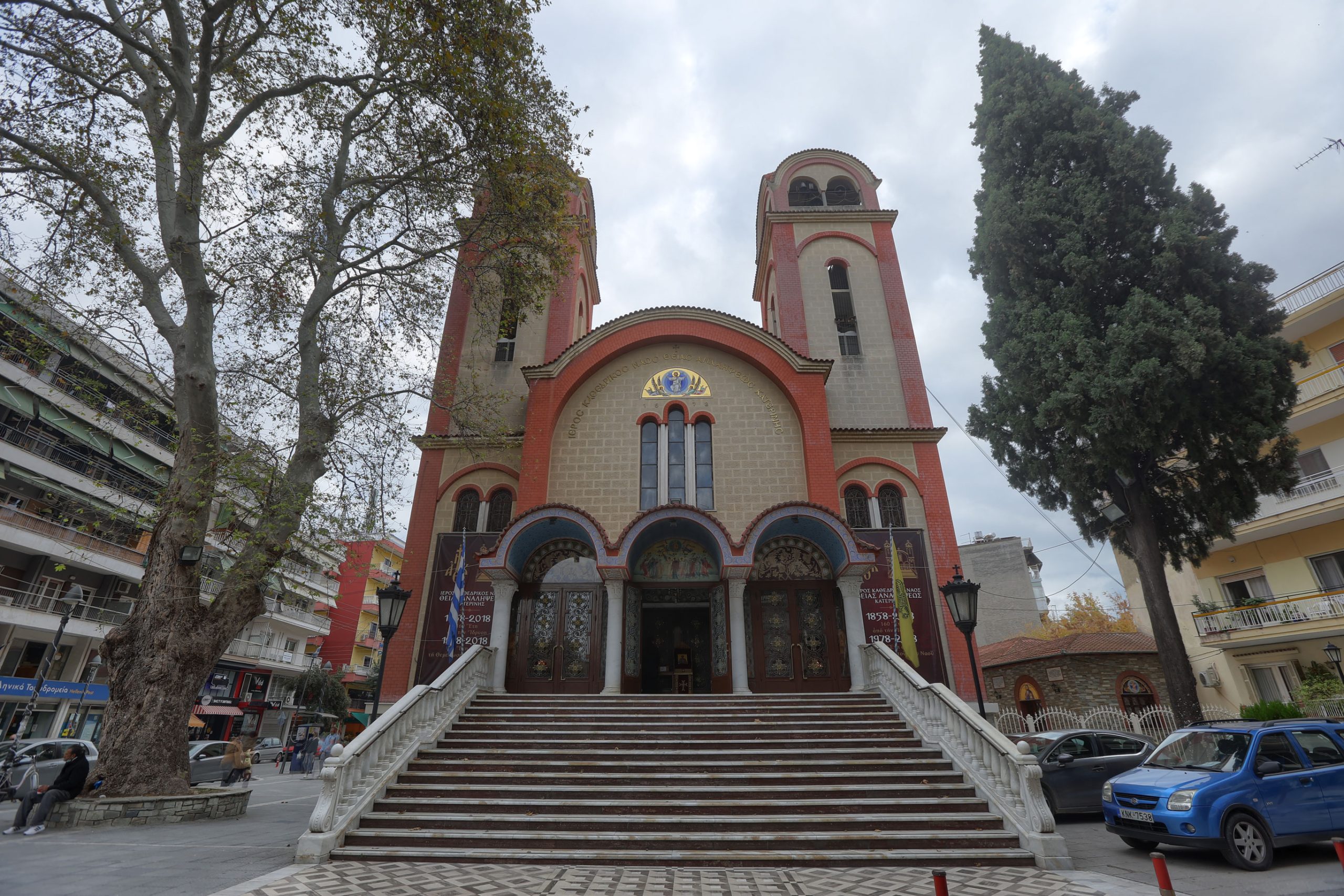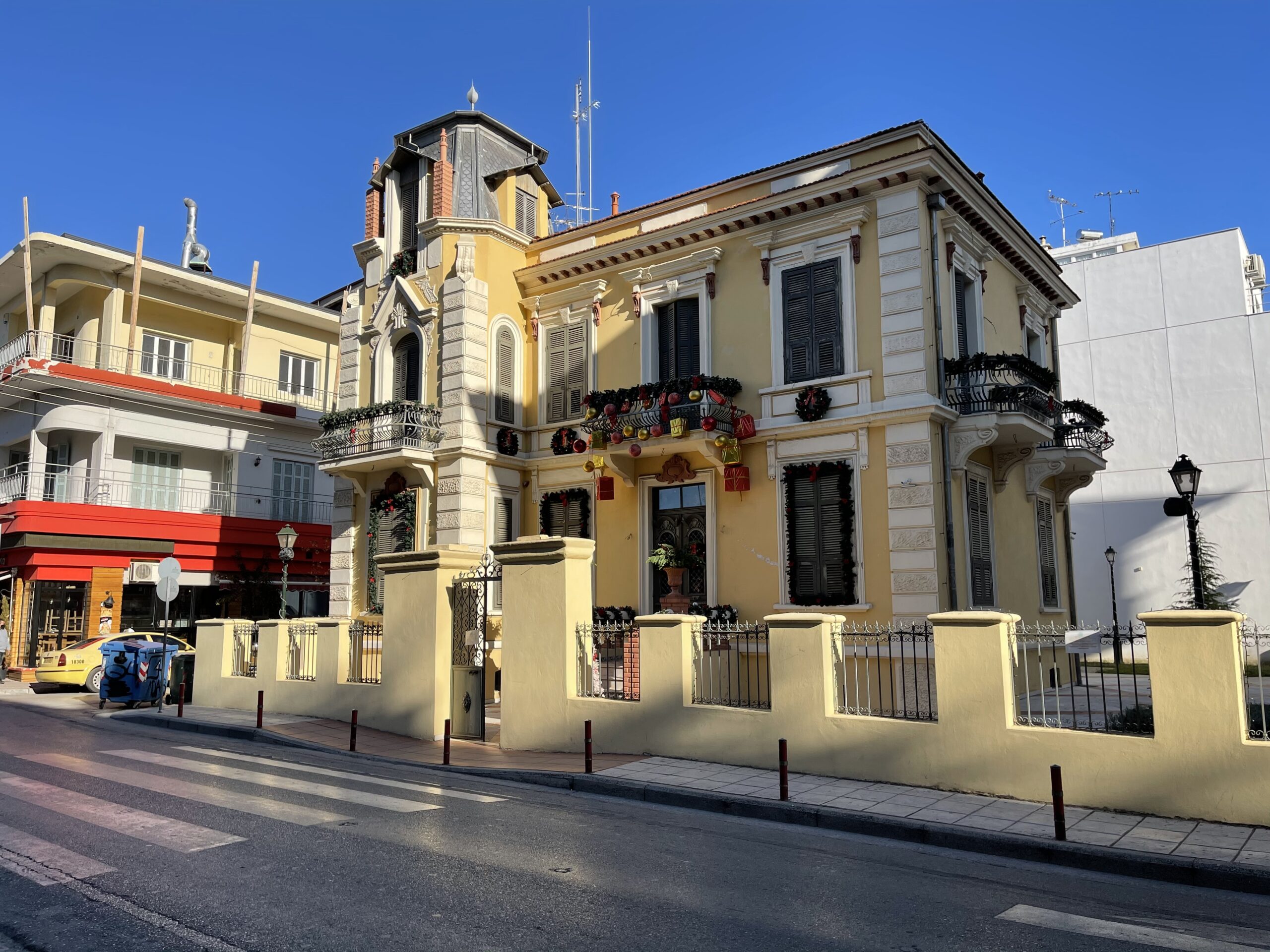Macedonian Tombs, Korinos
Nearby, to the west of the highway, is the second Macedonian Tomb, which was discovered in 1991 after excavations by the archaeologist Matthaios Besios. Clearly smaller than the first, it is a two-chamber tomb with a stone marble door at its entrance. In the vestibule there is a mural depicting a meander, while the decoration of the main hall comes from the plant world.
Both mounds have been fenced and sheltered, and both are open to the public.
Other points of interest near the destination Macedonian Tombs, Korinos
Discover
the points of interest
Whether you’re interested in exploring ancient ruins, enjoying the natural beauty of Mount Olympus, relaxing on pristine beaches or experiencing modern Greek urban life, Katerini is a destination that promises a memorable and enriching experience.
Filters
All
Archaeological - Historical Sites
Arts - Monuments
Churches - Monasteries
Katerini
Nature






